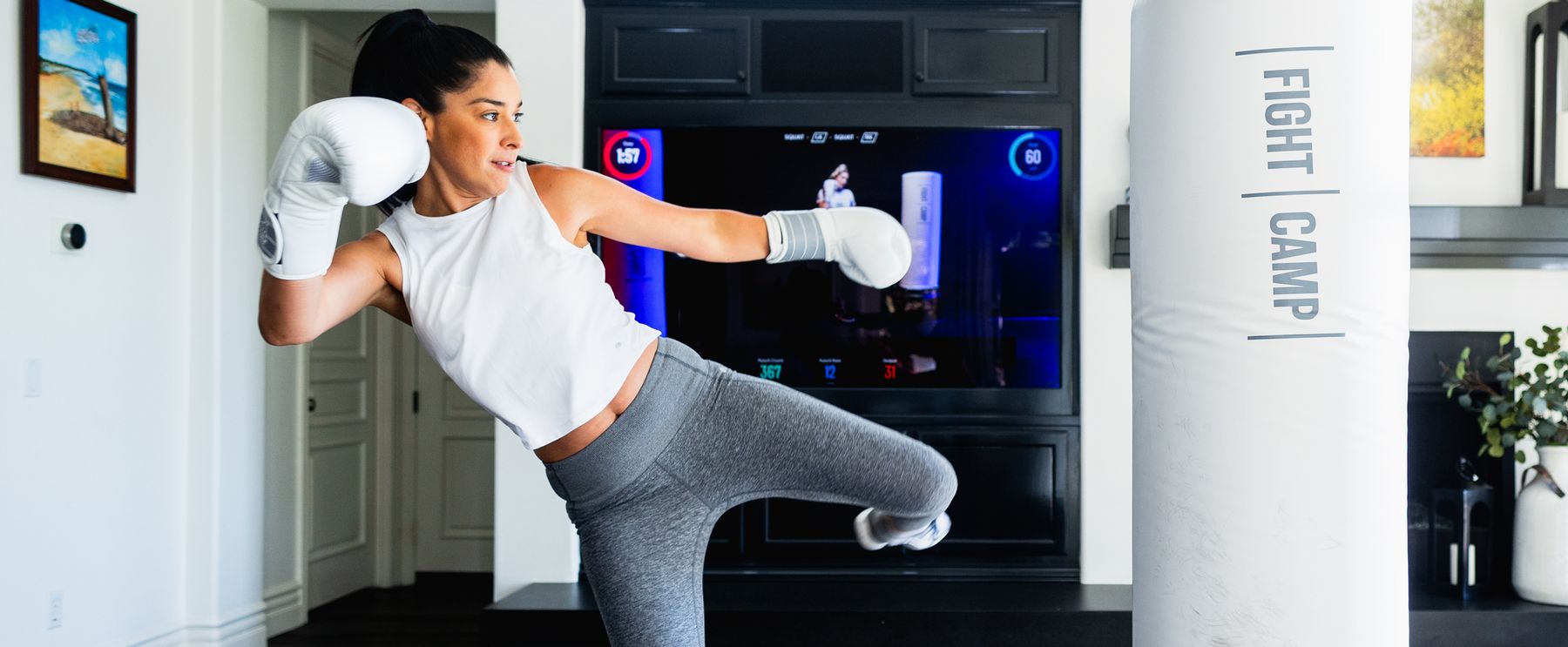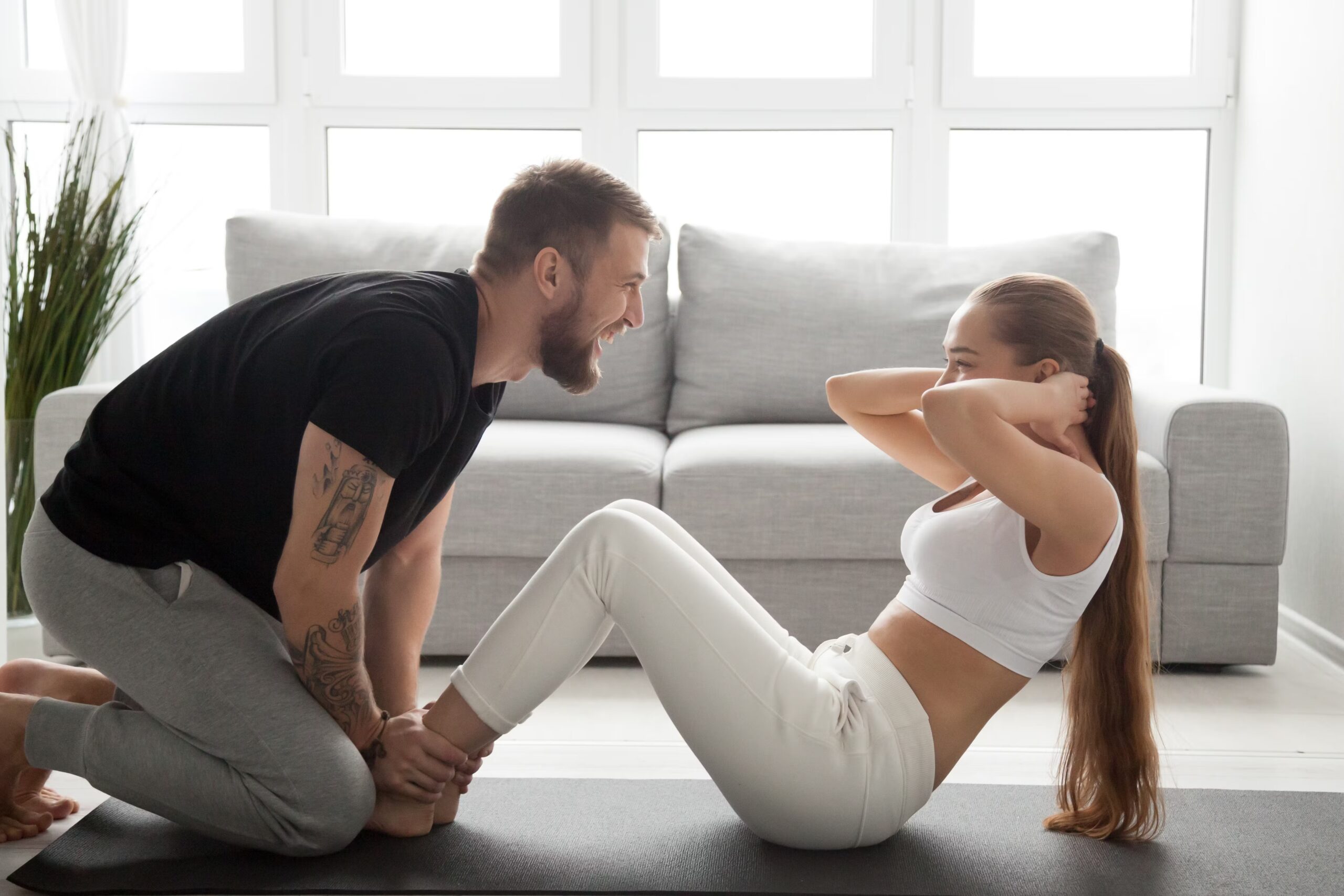Lower back pain is a common issue that many people face in their daily lives. It can stem from various causes, including poor posture, lack of exercise, or even stress. Stretching can be a simple and effective way to ease discomfort and improve flexibility. By incorporating targeted stretches into your routine, you can relieve tension and prevent further pain in your lower back.
In this blog post, you will discover different stretching exercises that can help you manage and alleviate your lower back pain. Whether you’re experiencing sharp, sudden pain or a dull ache, these movements can engage your muscles and promote healing. With consistent practice, you can enhance your overall back health and reduce the chances of recurring pain.
By taking the time to stretch properly, you can create a positive impact on your back and movement overall. Knowing which exercises to do will empower you to take control of your pain and lead a more active lifestyle.
Key Takeaways
- Stretching helps relieve lower back discomfort and improve flexibility.
- Regular exercises can strengthen your back and support muscles.
- Maintaining a stretching routine promotes long-term back health.
Understanding Lower Back Pain
Lower back pain affects many people and can come from various sources. Knowing the structure of your lower back and what causes discomfort can help you manage your situation better.
Anatomy of the Lower Back
Your lower back, or lumbar region, consists of five vertebrae (L1 to L5). These vertebrae support your upper body and allow movement. Between each vertebra are intervertebral discs, which act like cushions. They absorb shock and provide flexibility.
Muscles, ligaments, and tendons work together to stabilize this area. Major muscles include the erector spinae and rectus abdominis. These muscles support your posture and are essential for bending and lifting.
A good understanding of this anatomy can help you identify pain sources and target exercises for relief.
Common Causes of Discomfort
Lower back pain can arise from many conditions. One common cause is muscle strain. This happens when you lift heavy objects or twist your body awkwardly.
Injuries from falls or accidents can lead to acute pain, which is sudden and often short-term. Chronic pain, which lasts longer, may result from arthritis.
Other causes include poor posture, obesity, and sedentary lifestyles. Stress also contributes, as it can cause muscles to tighten. Identifying these triggers can help you make necessary lifestyle changes and seek effective treatments.
Preparation for Stretching
Preparing your body before stretching is crucial for maximizing effectiveness and preventing injury. By using proper warm-up techniques and following safety tips, you can ensure a safer and more productive stretching session.
Warm-Up Techniques
Before stretching, it’s important to warm up your body. A good warm-up increases blood flow to your muscles, making them more flexible.
Here are some effective warm-up techniques:
- Light Cardio: Engage in 5-10 minutes of light cardio, such as brisk walking, jogging, or cycling. This helps elevate your heart rate and warms up your muscles.
- Dynamic Stretching: Perform dynamic stretches that mimic the movements you’ll do in your routine. For example, try leg swings or arm circles to loosen your joints and increase mobility.
- Gradual Progression: As you warm up, gradually increase the intensity. Start with slow movements and gradually add more speed and range of motion.
A proper warm-up not only prepares your muscles but also helps you to mentally focus on your upcoming stretches.
Safety Tips
Safety should always come first when preparing to stretch your back. Follow these tips to minimize the risk of injury:
- Listen to Your Body: Pay attention to how your body feels. If you experience pain, stop immediately. Stretching should never cause discomfort.
- Avoid Bouncing: When holding a stretch, avoid bouncing or jerking motions. This can strain your muscles and lead to injury. Instead, hold each stretch steadily.
- Support Your Lower Back: Use cushions or props to support your lower back if needed. This can help maintain good form and comfort while stretching.
- Stay Hydrated: Drink water before and after your warm-up and stretching. Proper hydration keeps your muscles functioning optimally.
By following these warm-up techniques and safety tips, you set a solid foundation for your stretching routine.


Effective Stretching Exercises
Stretching is a key way to relieve lower back pain. The following exercises can help ease discomfort, improve flexibility, and strengthen your core. Here are some effective stretches to try.
Pelvic Tilts
Pelvic tilts are simple but effective for lower back relief. Start by lying on your back with your knees bent and feet flat on the floor.
- Engage your core: Pull your belly button toward your spine.
- Tilt your pelvis: Gently push your lower back into the floor.
- Hold: Maintain this position for 5 seconds.
- Release: Relax and repeat 10-15 times.
This exercise helps to stretch and strengthen your lower back while improving stability. It can be done anywhere, making it easy to fit into your routine.
Knee-to-Chest Stretches
Knee-to-chest stretches can relieve tension and pain in your lower back. Here’s how to do it:
- Start position: Lie on your back with your legs extended.
- Bend one knee: Pull your right knee to your chest.
- Hold: Use your hands to keep the knee close for 20-30 seconds.
- Switch legs: Repeat with your left knee.
This stretch helps to widen the space between your vertebrae. It can also reduce tightness and improve flexibility in your back.
Seated Spinal Twists
Seated spinal twists can improve your spinal mobility. Follow these steps to perform this stretch:
- Seated position: Sit on the floor with your legs extended in front of you.
- Bend one knee: Cross your right knee over your left leg.
- Twist your torso: Place your left elbow outside your right knee and gently twist your body to the right.
- Hold: Maintain this position for 20-30 seconds, then switch sides.
This stretch helps alleviate tension in the spine and promotes better flexibility. It also targets the hips and shoulders, making it a comprehensive stretch.
Child’s Pose
Child’s Pose is a calming stretch that targets the lower back. It is great for relieving tension. Here’s how to perform it:
- Start on your knees: Sit back on your heels.
- Extend your arms: Reach your arms forward on the ground while your forehead rests on the floor.
- Hold: Relax in this position for 30 seconds to 1 minute.
This stretch elongates the spine and helps to reduce stress. It encourages deep breathing, which can further help in calming your mind and body.
Maintaining Lower Back Health
Keeping your lower back healthy involves staying active and maintaining good posture. By focusing on these two areas, you can reduce discomfort and prevent injuries in the long run.
Regular Activity and Exercise
Engaging in regular exercise strengthens your back and core muscles, which support your spine. Aim for at least 150 minutes of moderate aerobic activity each week. This could include walking, swimming, or cycling.
Incorporate exercises that specifically target your back, such as:
- Bridges
- Bird-dogs
- Cat-Cow Stretch
These exercises help improve flexibility and reduce stiffness. Start slowly and gradually increase the intensity. Always listen to your body and stop if you feel pain.
Additionally, consider incorporating stretching into your routine. Gentle stretches help maintain flexibility and ease tension in your lower back.
Proper Posture and Ergonomics
Maintaining proper posture is essential for lower back health. When sitting, ensure your feet rest flat on the ground. Use a chair that supports your lower back, keeping your back straight and shoulders relaxed.
When standing, distribute your weight evenly on both feet. Use support when lifting heavy objects, bending your knees rather than your back.
At your workstation, arrange your computer screen at eye level to avoid straining your neck. Use a chair with good lumbar support. Frequent breaks can also help prevent stiffness.
By being mindful of your posture and ergonomics, you can significantly reduce the risk of back pain.




